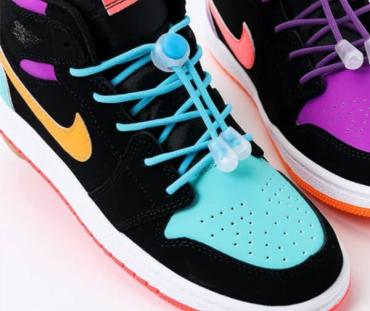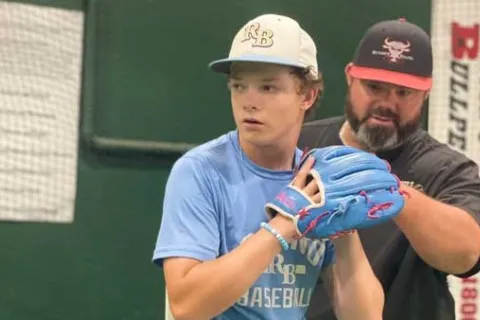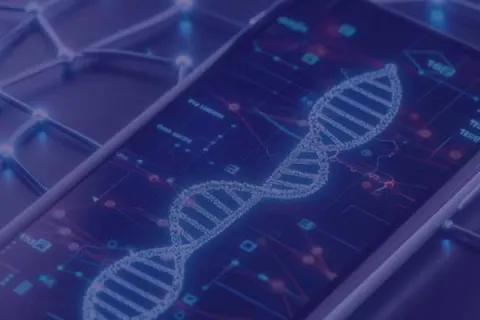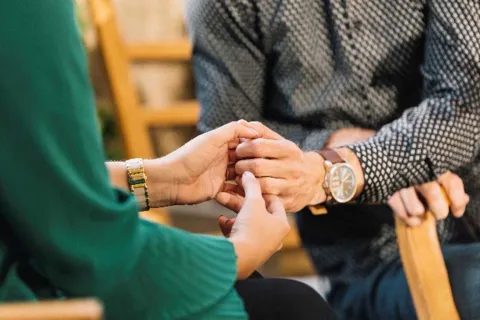Kicks Shoelaces help autistic people gain independence
The adaptive no-tie laces provide an option to those who are learning or unable to tie shoes
Many with autism and related conditions have issues with fine motor skills and dyspraxia, a disorder that impacts an individual's ability to plan and process motor tasks. As a result, learning to tie their shoes is a struggle. So they resort to using Velcro and slip-on shoes, often compromising on style, to be able to more easily and quickly get shoes on and get out the door.
Enter Kicks Shoelaces innovative no-tie laces, an adaptive alternative to the laces in your existing tie shoes. The elastic shoelaces use a locking mechanism that keeps laces in place, eliminating the need to tie them every time you put on your shoes.
Check out how easy it is to use Kicks Shoelaces no-tie laces here.
“These no-tie laces could have provided me with the same sense of independence as the Velcro and slip-on shoes I wore,” said Dr. Kerry Magro, Ed. D., best-selling author, public speaker, and Autism Speaks Emerging Leader who learned to tie his shoes at age 11 after years of struggling to do so.
The idea for Kicks Shoelaces was the brainchild of Steve Bayliss a fitness buff who spent a lot of time in athletic shoes and was particular about how his shoelaces were tied – something many autistic people and parents of autistic children appreciate.
“I didn’t like a messy knot, or how they would come undone if they were not done properly, and wanted a solution,” Bayliss said. “I thought getting rid of tying the laces was the answer.”
He was right. The no-tie laces were a quick hit, without marketing or advertising. So he surveyed his customers and found out the majority were buying because either they or a family member had autism or multiple sclerosis (MS), a chronic disease that affects the central nervous system and can cause, among other things, mobility issues.
Discovering his product was serving a higher purpose, Steve expanded and improved his product line. Today Kicks Shoelaces offers a no-tie lace for almost every type of shoe, including athletic shoes, dress shoes, and boots.
They have been a game changer for autistic people, not just for those with motor skill issues. Proof: about 90% of sales of the no-tie laces are from those in the autism community. Turns out there is a lot more to love about them beyond the independence they provide. They come in dozens of shades to accommodate specific behaviors around color preferences, they reduce the risk of tripping on untied laces for those with coordination and balance issues and they’re comfortable.
“What makes them stand out even more is the flexibility of the laces,” said Magro who is often standing for long periods of time on stage, working with companies and in schools speaking on autism and neurodiversity.
“As someone with ongoing sensory issues, I’m always trying to find the right fit for my shoes in everyday activities. I don’t like them too tight or too loose. These laces, in particular, would make things a lot less stressful, as they adjust naturally to foot movement."
Kicks Shoelaces is proud to support Autism Speaks and the community. They are committed to surpassing the expectations of our diverse community, ensuring each customer discovers the perfect shoelace to complement their unique style. As such, they will be providing their no-tie shoelaces to Autism Speaks Walk participants. They also work to help cultivate a more vibrant and active world inclusive of those with autism through the National Autism Society in the U.K. and Autism Spectrum Australia (Aspect).
Visit Autism Speaks Walk to find an event near you to get your Kicks Shoelaces.
Don't see one? We launched a new event, Autism Speaks Field Day for All, in several communities across the country this. Visit Autism Speaks Field Day for All to find your event.










